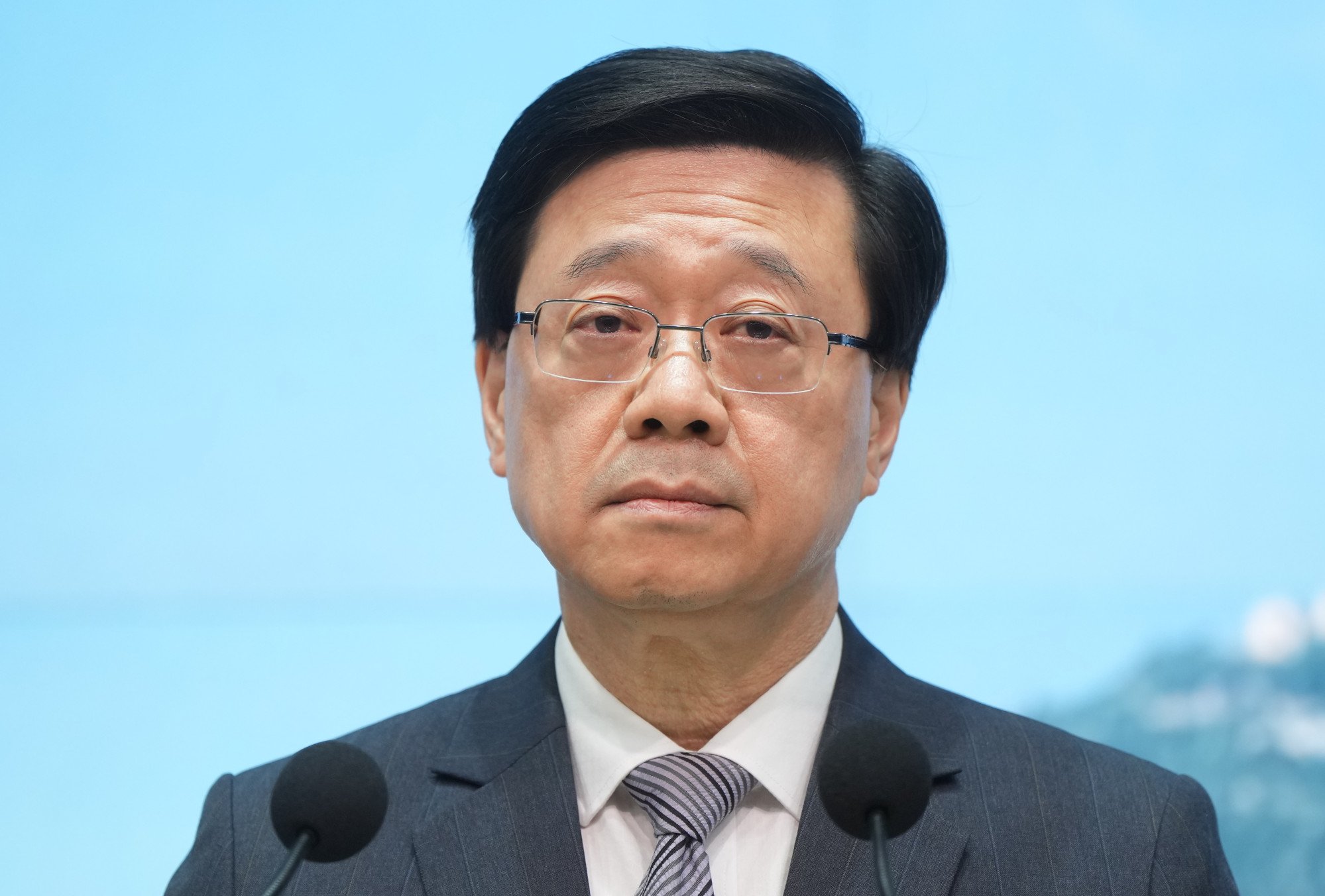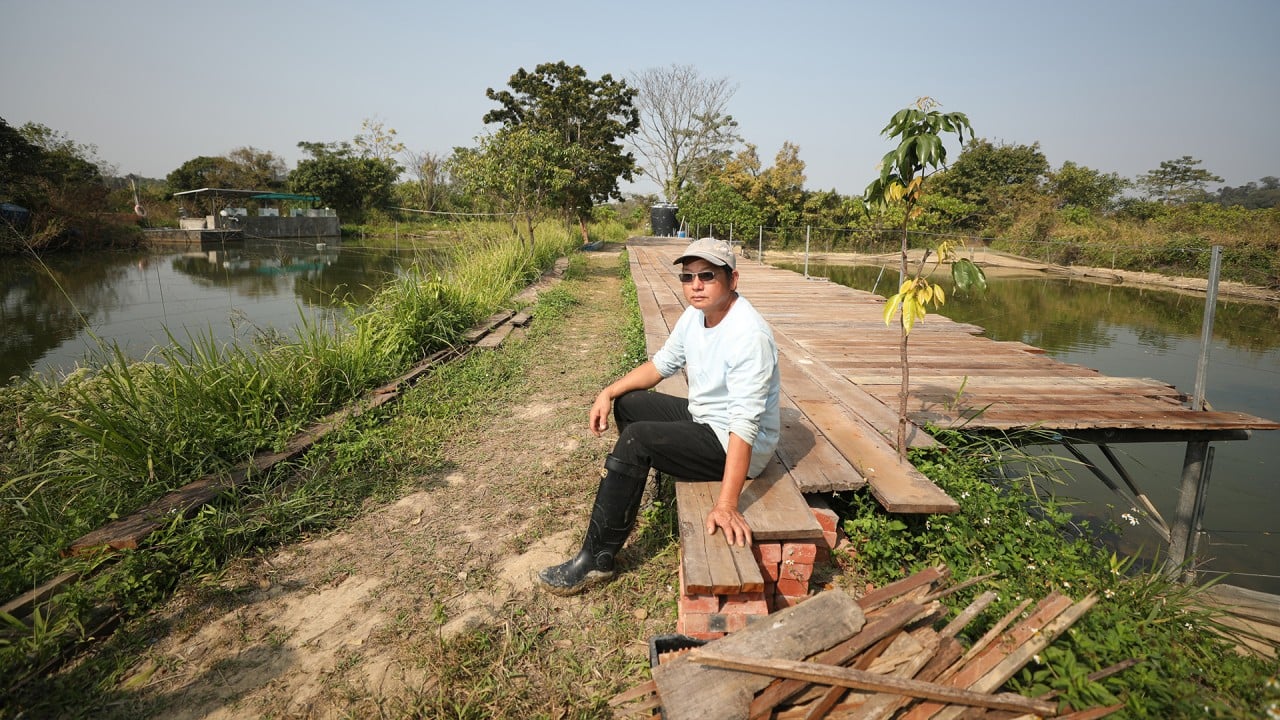
Hong Kong leader John Lee has hit nearly every goal for his first year in office, but what do residents think of his performance?
- Chief executive set nearly 200 KPIs for his administration when he delivered his maiden policy address in October
- Lee has met 66 of 68 goals he set for his first year in office, but observers ask how much difference he has made in residents’ lives
Hong Kong’s leader has delivered on nearly all 68 goals he vowed his administration would achieve during his first year in office, the Post has found, but observers have warned residents might still not be any better off as a result.
Of the 194 KPIs, 68 were to be met by the middle of the year, another 55 by the end of it, and the remainder within two to 10 years.
A check by the Post found Lee’s administration had met one-third of all KPIs while delivering on 66 out of the 68 short-term goals.

But dropping the requirement could be holding up the consultation, suggested Leung Chau-ting, chairman of the Federation of Civil Service Unions.
“It is very sensitive and involves a lot of details,” he said. “We are still waiting for the consultation paper if there will be one.”
The other goal still to be achieved is the commercialisation of more than 50 per cent of the projects in the government’s Fintech Proof-of-Concept Subsidy Scheme in 2022-23. In a reply to the Legislative Council on June 5, the government said it had approved 56 projects out of the 166 applications.
But Lee has been particularly successful in achieving goals related to attracting talent and business, as well as land and housing supply.
Since December, the government has launched the Top Talent Pass Scheme, lowered some requirements under existing admission schemes and set up teams at its overseas offices to lure talent, as required by nine KPIs.
As for luring business, the government has established the Office for Attracting Strategic Enterprises and allocated HK$30 billion (US$3.8 billion) from the Future Fund to set up the “Co‑Investment Fund” – two KPIs considered the foundation for attracting companies.
The office told the Post it had met over 150 top-notch enterprises working in cutting-edge technologies such as artificial intelligence and life sciences since its launch in December.
Most of these enterprises have shown interest in setting up business in Hong Kong, the office added. One KPI set for 2027 requires the government to attract at least 100 innovation and technology enterprises with high potential.
According to the Commerce and Economic Development Bureau, 186 mainland and overseas companies had decided to set up or expand their operations in Hong Kong since January, which is nearly 20 per cent of the goal to attract 1,130 businesses between 2023 and 2025.
But lawmaker Duncan Chiu, who represents the technology sector, doubted many companies would come to the city because the state of the global economy made it difficult for businesses to expand.
“We have seen new policies coming out every month since last October,” he said. “But without policy continuity, development won’t be fostered with just the numbers of the delivered KPIs.”

While almost all of Hong Kong’s ministers have visited mainland or overseas cities to promote the city’s strengths since Lee took office, Allen Shi Lop-tak, president of the Chinese Manufacturers’ Association, said it was too early to assess the impact of such trips.
“Going out is better than staying home,” Shi said. “But I don’t think it would yield fruits in the short term, and it still depends on whether such activities could be held regularly instead of just meeting a certain target, then nothing comes after.”
The government also told the public it had secured enough land to build 360,000 public housing flats in the next decade.
“The missing part of this rosy picture is how will all these development projects be financed,” said legislator Doreen Kong Yuk-foon who sits on Legco’s panel on housing.
The debate over the government’s plan to build public flats on a Fanling golf course – reignited by the Hong Kong Golf Club’s extensive lobbying efforts to block it – also drew scepticism on Lee’s ability to achieve his goals.
Kong added that solving the housing problem would take more than just constructing flats.
“It should also come with building infrastructure and supporting facilities,” she said. “Will you live in a flat without any supporting infrastructure nearby?”
John Burns, an honorary professor at the department of politics and public administration at the University of Hong Kong, said people cared about more than meeting the KPIs.
“But now it may be too early to evaluate the outcomes of all these activities associated with the KPIs,” Burns said.
The political scientist also noted that with trust in the government still low, Lee’s administration had to understand “results were co-produced” and needed people’s cooperation and respect.
“Engaging citizens is the key, not marginalising them,” he said. “Public consultation can build trust and legitimacy and lay the foundation for more stable state-society collaboration in Hong Kong.
“The government appears to believe that it doesn’t have time for that, which is a dangerous position.”
Additional reporting by Natalie Wong


